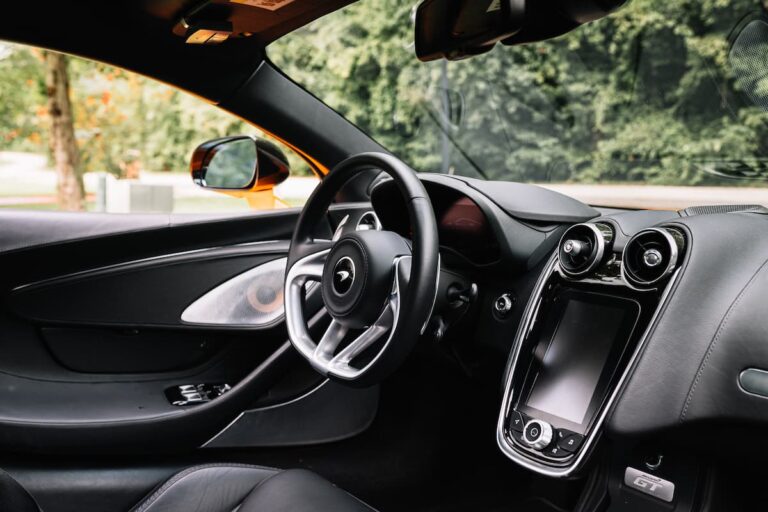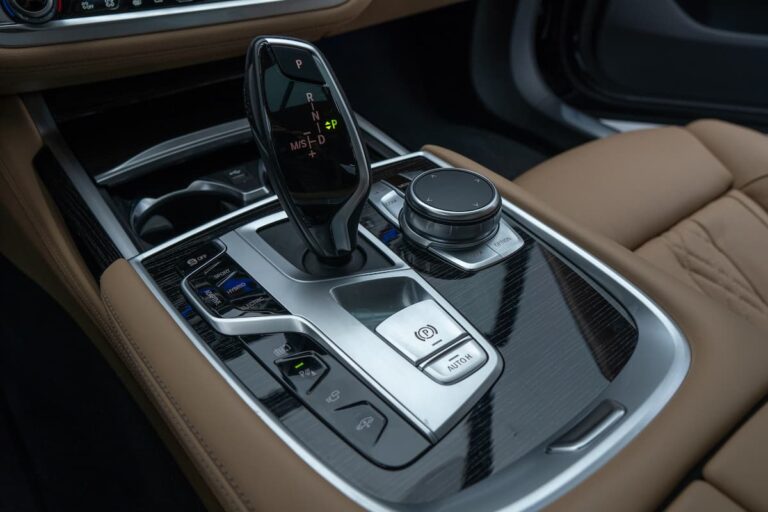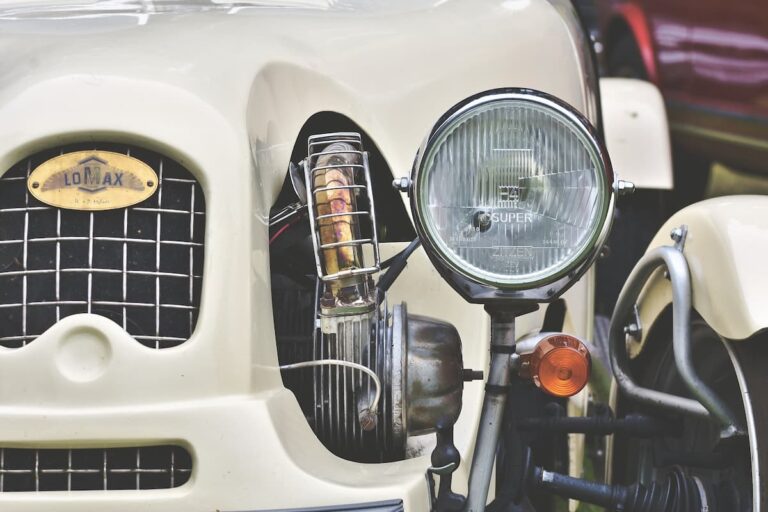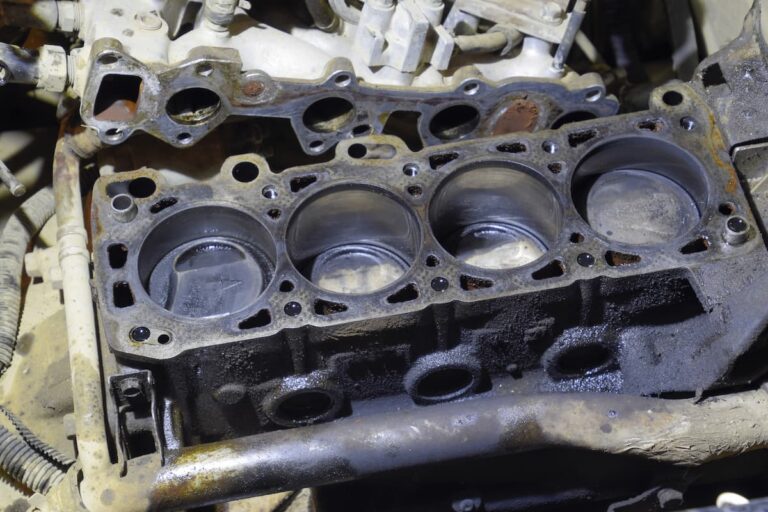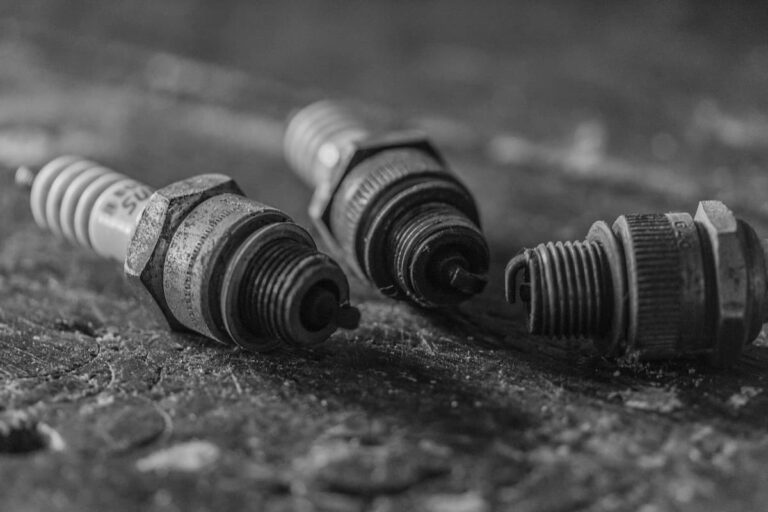Should Car Be Running When Checking Oil?
Checking your oil is an important part of owning a car.
But, if you’ve never done so before, you may wonder whether it’s best to leave the car running when you get under the hood.
Your car should not be running when you check the oil. If your car is running when you check the oil, you will not get an accurate reading. Working under your vehicle’s hood when the engine is on can also be dangerous.
In this article, I will explain whether you should leave your car running when you check the oil.
I will also detail the steps to check engine oil, whether you can add oil to your car, and how often you should get your oil changed.
Should I Leave My Car Running When I Check the Oil?
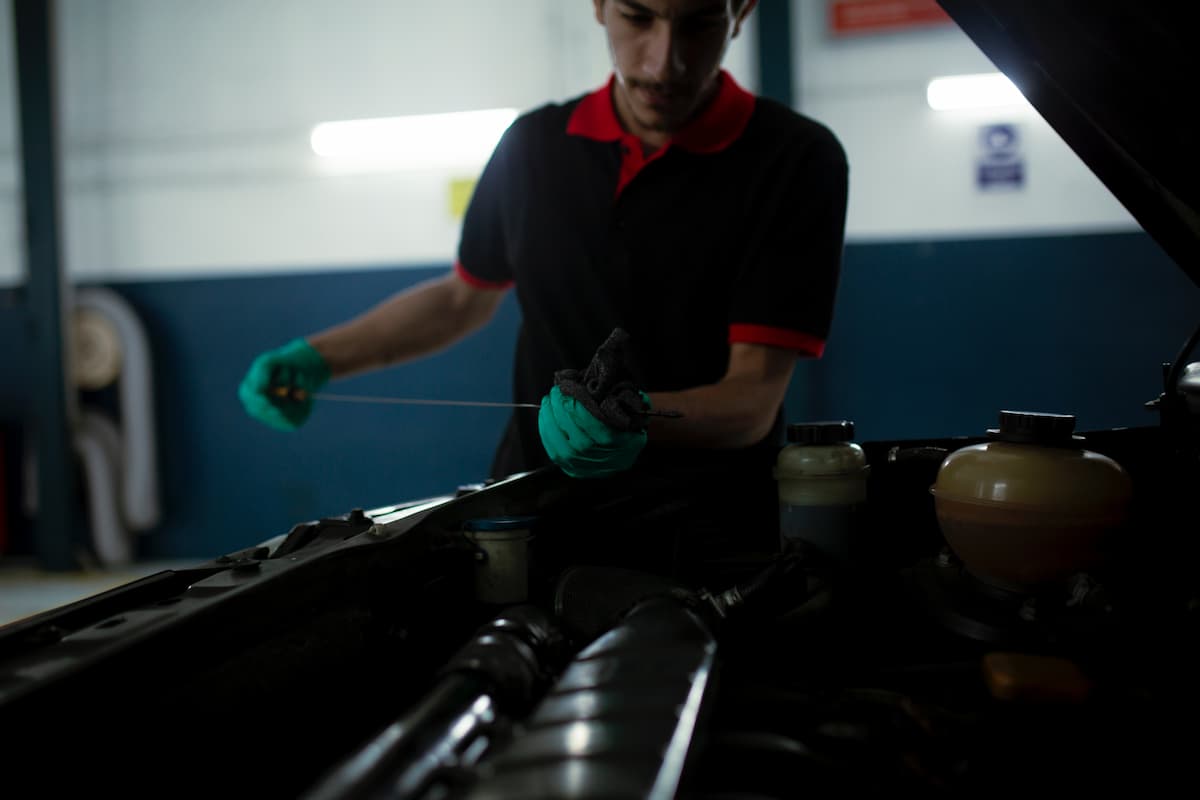
No, you should not leave your car running when you check the oil level.
For one, if you leave your car running when you check the oil, you won’t get a proper reading.
You see, when your car is running, the oil moves around the engine to lubricate it.
So, if you try to check the oil level when the engine is on, you will get a lower reading than you actually should.
Also, checking the oil when the car is running is dangerous.
The most significant hazards of going under the hood with the car running are the moving belts and fans.
These parts can give you some pretty severe cuts and burns and can pull in loose clothing items and long hair.
Plus, your engine produces a lot of heat when running, which can lead to nasty burns.
Therefore, you must always keep the engine off when checking the oil.
8 Steps to Check Oil the Right Way
To prevent injury and get an accurate reading, you should know how to check your oil the right way.
Thus, in the following sections, I will detail the proper steps you should take to check your car’s oil level.
Step One: Park Your Vehicle on Level Ground
To get the most accurate reading, you need to park your vehicle on level ground.
Step Two: Turn Off the Engine
Before you go any farther in these steps, you must turn off your car’s engine.
For extra safety, you should take the keys out of the ignition.
Step Three: Take the Proper Safety Precautions
Prior to opening the hood, you should take a few precautions to ensure proper safety.
First of all, you should make sure your car is in park so that it doesn’t roll when you are in front of it.
Engaging the parking brake for added safety is also a good idea.
Then, you should ensure nothing can get sucked into any of the car’s fans because even though the engine is off, a fan may still turn on.
So, you should remove any dangling jewelry, especially bracelets and necklaces, and secure loose clothing.
If you have long hair, you should tie it back, preferably in a tight bun, because getting your hair caught by a fan could cause serious injury.
Step Four: Open the Hood
In most cars, you need to pull the safety lever and unlock the hood before you can open it.
Generally, you will find the safety lever on the driver’s side below the instrument panel.
Once you have found it, you normally just have to pull on it, and you’ll see your hood pop open about an inch.
Next, you need to go to the front of your vehicle and search with your fingers underneath the hood until you find the safety catch.
It is typically right underneath the front of the hood along the vehicle’s center line.
When you’ve found the catch, push up on it to unlock the hood.
Then, you can raise the hood up and secure it.
If you have trouble opening your hood, you should consult your owner’s manual for more specific information.
Step Five: Find the Oil Dipstick
Now, you need to look under your hood and locate the oil dipstick.
On most vehicles, the dipstick handle is yellow or orange and is shaped like a “T.”
It may also have a picture of an oil can on it or say “OIL.”
If you can’t find your oil dipstick, your owner’s manual should have specific instructions for locating the dipstick in your vehicle.
Step Six: Take Out the Dipstick, Wipe it Off, and Re-Insert It
Once you’ve found the dipstick, you need to pull it straight out of its tube.
Then, use a paper towel or old rag to wipe off any excess oil on the stick.
Finally, re-insert the dipstick all the way back into its tube.
Step Seven: Read the Oil Level
Take the dipstick out again and examine it.
On the metal part of the dipstick, you should see two lines.
The one near the bottom will likely say something like “ADD” or “MIN,” while the one near the handle will probably say “FULL” or “MAX.”
If the oil on the stick falls between these two lines, you have enough oil.
But, if the oil line is below the bottom line, you need more oil.
Step Eight: Finish Up
Now that you know the oil level, you can put your car back in order.
So, go ahead and re-insert the dipstick, close the hood, and disengage the parking brake.
Can I Add Oil to My Car?
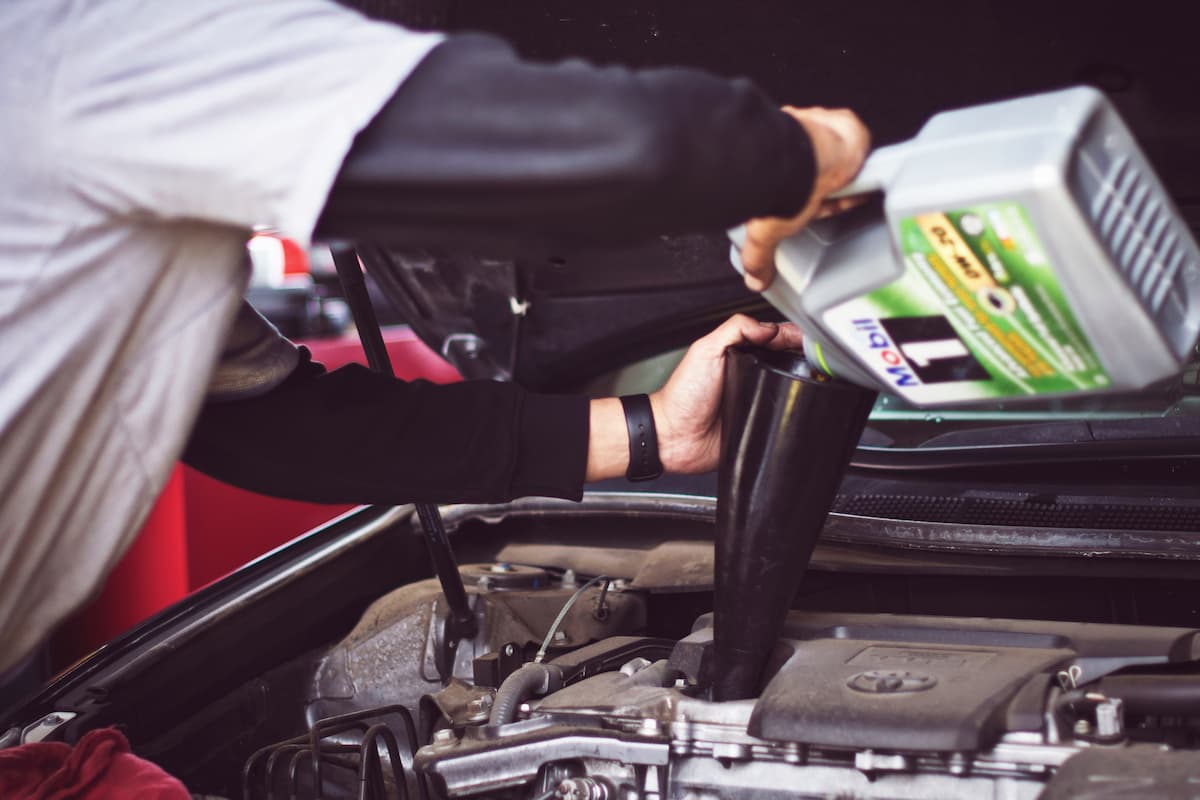
Yes, you can add oil to your car as long as it is the correct oil for your engine.
However, keep in mind that if you need to add oil to your car, you may have an oil leak or require an oil change.
How to Add Oil to Car
First of all, if you need to add oil to your car, you must ensure you use the correct oil for your vehicle.
You can usually find out what type of oil you need for your car in your owner’s manual.
Next, you should follow steps one through four above in the “8 Steps to Check Oil the Right Way” section.
Then, find your oil filler cap.
You can identify the oil filler cap because it typically has the words “ENGINE OIL” on it, a picture of an oil can, the grade of oil your car requires, or a combination of the three.
Once you’ve found the oil cap, screw it off and slowly pour in some oil.
You should pour in just a bit of oil at a time and then check your oil level to ensure you do not overfill.
How Often Should I Get My Oil Changed?
How often you should get your oil changed largely depends on what type of oil you use.
If you use synthetic oil, you should change your oil every 7,500 miles (12,070 km) to 15,000 miles (24,240 km).
For synthetic blend users, it’s best to change your oil every 5,000 miles (8,047 km) to 7,500 miles (12,070 km).
Or, if you prefer conventional oil, you need to change your car’s oil every 3,000 miles (4,828 km) to 5,000 miles (8,047 km).
Conclusion
You should not have your car running when you are checking the oil.
If you do, you will not get an accurate reading, and you could injure yourself.

